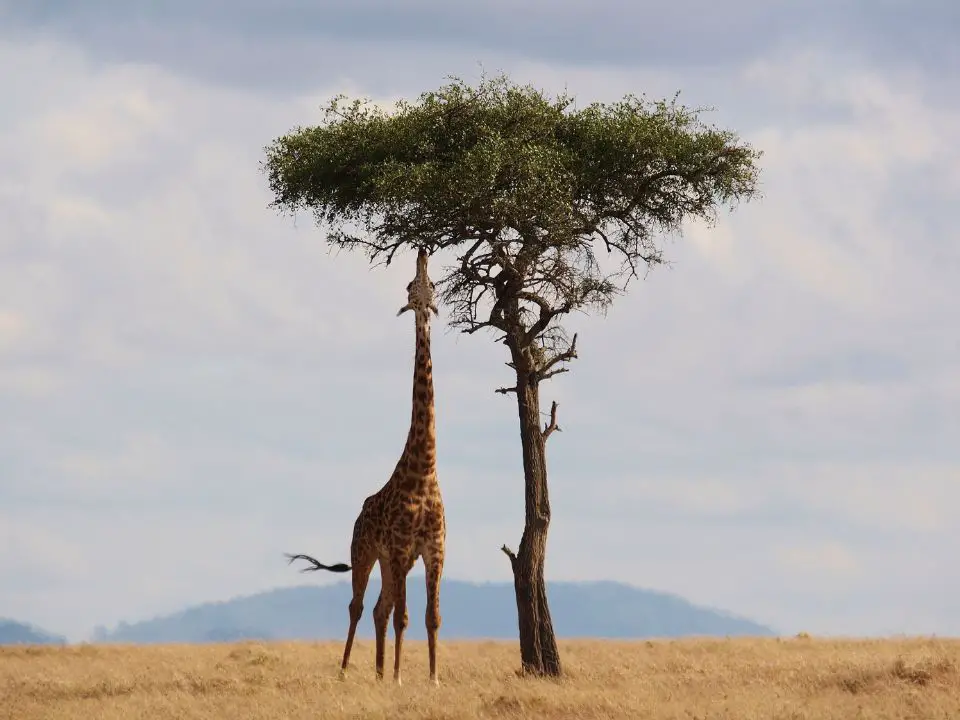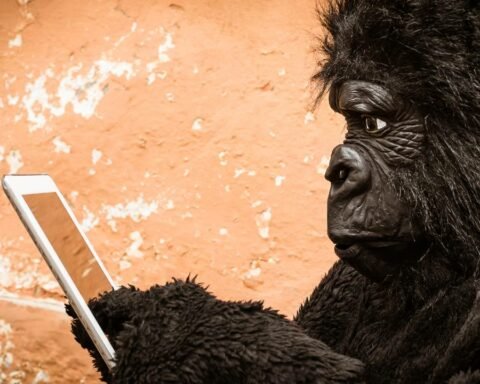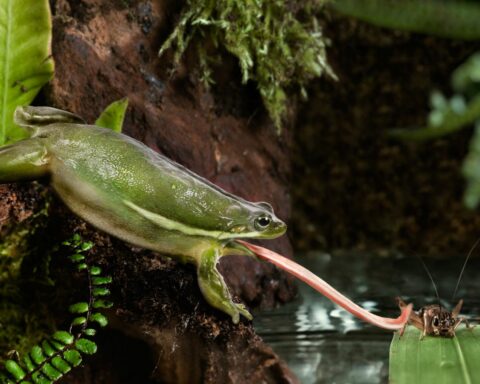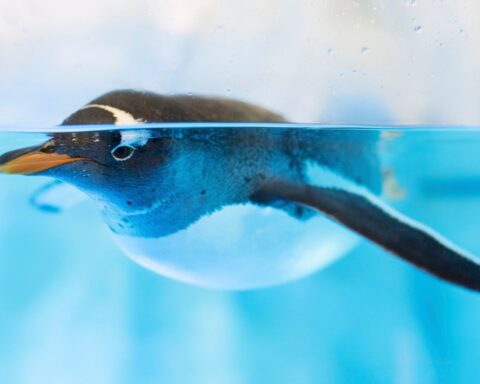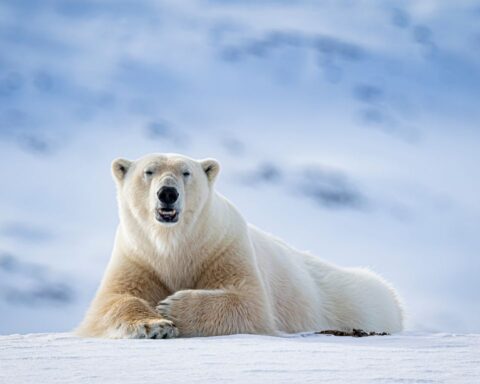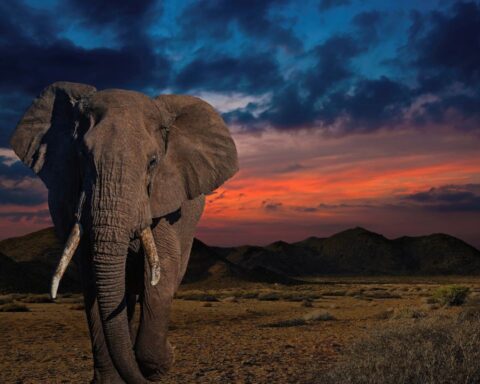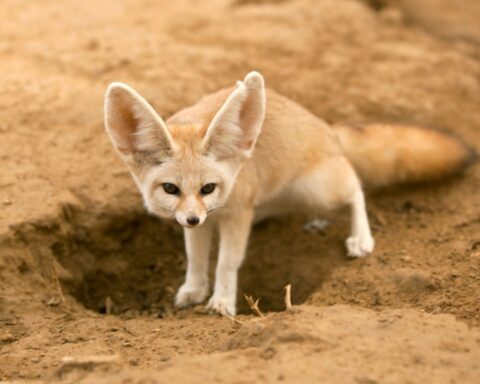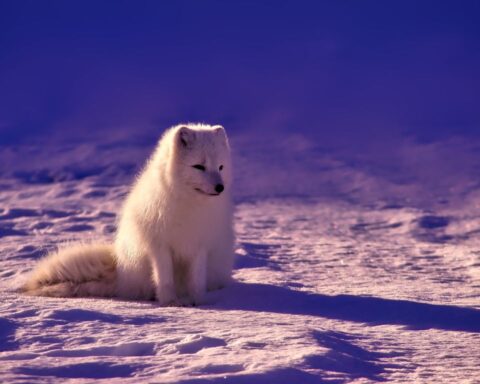Kangaroos are special mammals from Australia. They are characterized by their powerful hind legs, large feet adapted for leaping, long muscular tail
Read More »What are Behavioural Adaptations
So, what are behavioural adaptations? Imagine you’re walking in the forest, and you suddenly spot a squirrel darting up a tree, quickly
Read More »Frogs are one of the most diverse and fascinating groups of amphibians on the planet. From their unique anatomy to their behavior
Read More »Wolves are a remarkable species that have evolved a range of adaptations to help them survive and thrive in their environment. From
Read More »The grizzly bear is one of the most iconic and impressive animals in North America. Known for its massive size, sharp claws,
Read More »Dolphins are some of the most fascinating creatures in the ocean, with a wide range of adaptations that allow them to survive
Read More »Camels are remarkable creatures that have evolved a unique set of behavioral, structural, and physiological adaptations to thrive in the harsh desert
Read More »Penguins are one of the most iconic creatures in the animal kingdom, and their adaptations have allowed them to live in some
Read More »Polar bears are one of the most iconic animals in the Arctic, and their adaptations to this harsh environment have been remarkable.
Read More »Elephants are one of the most iconic animals in the world, and their adaptations have allowed them to survive for centuries. From
Read More »Fennec foxes are small desert-dwelling foxes native to the Sahara Desert in North Africa. They are adapted to living in hot and
Read More »The arctic fox is a small mammal native to the Arctic Circle, inhabiting tundra and polar regions. This species of fox has
Read More »
